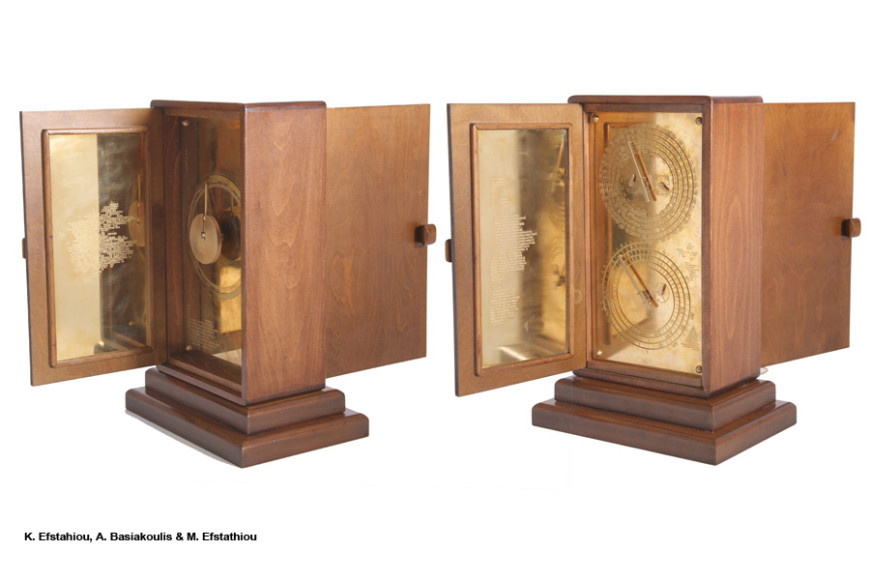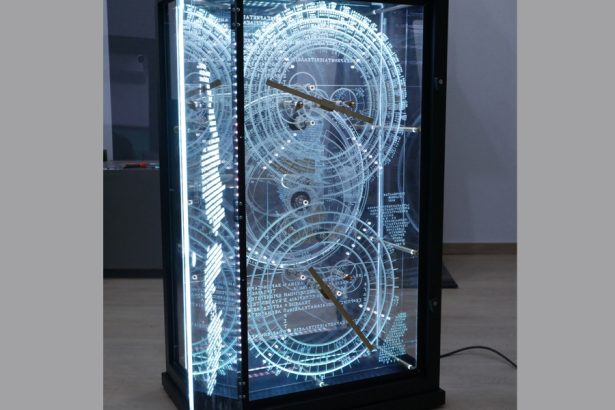Book
3D Research Challenges in Cultural Heritage III. Lecture Notes in Computer Science, vol 13125
Authors
Kyriakos Efstathiou, Marianna Efstathiou, Alexandros Basiakoulis, Harriet Cliffen, Nenad Joncic & Rafaella Georgiou
Citation
Efstathiou, K., Efstathiou, M., Basiakoulis, A., Cliffen, H., Joncic, N., Georgiou, R. (2023). The Holistic Documentation of Movable Cultural Heritage Objects – The Case of the Antikythera Mechanism. In: Ioannides, M., Patias, P. (eds) 3D Research Challenges in Cultural Heritage III. Lecture Notes in Computer Science, vol 13125. Springer, Cham. https://doi.org/10.1007/978-3-031-35593-6_6
Abstract
The Antikythera Mechanism is the oldest extant complex geared device, and an amazing example of an early analogue computer. It was built approximately 2150 years ago. The device was operated manually by a user, who would set a date on a dial. All necessary calculations were made using a set of gears (at least 39), while the results were displayed on several scientific scales. The Mechanism was used to calculate the diurnal and annual motion of the Sun, the Moon and probably the planets among the stars. It implemented the astronomical knowledge of ancient Greeks about the motion of these celestial bodies with astonishing accuracy, taking into account the anomalous orbit of the Moon using a system of eccentric gears. It could also predict eclipses of the Sun and the Moon from the Saros period, which was found in one of its scales. It calculated the dates of the major crown games that took place in ancient Greece (e.g. the Olympic Games). Finally, it was accompanied by an extended User’s Manual. More than 20 references to astronomical mechanisms can be found in classical literature from 50 BC to 500 AD. In this study, the first approach for a holistic documentation of the Antikythera Mechanism is presented.
Available from Springer Link



